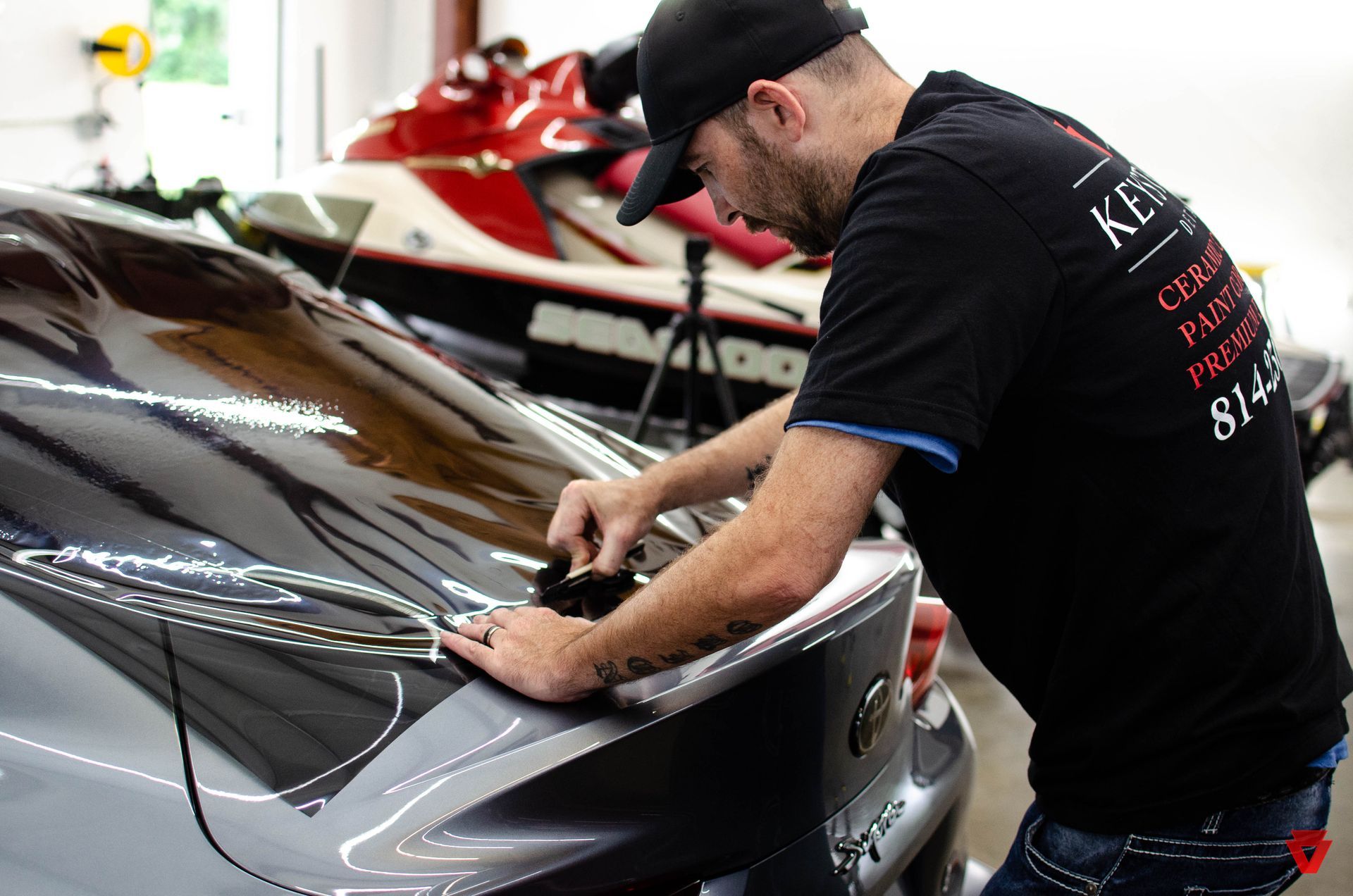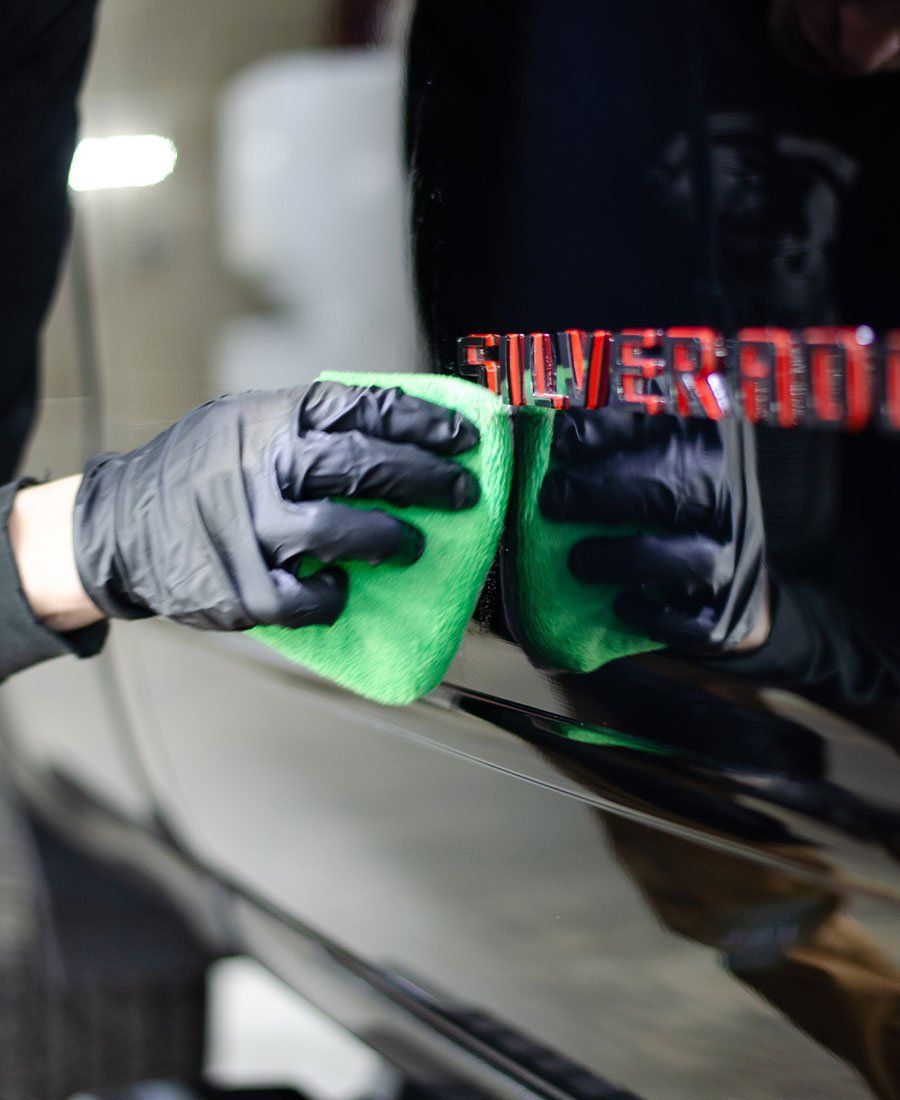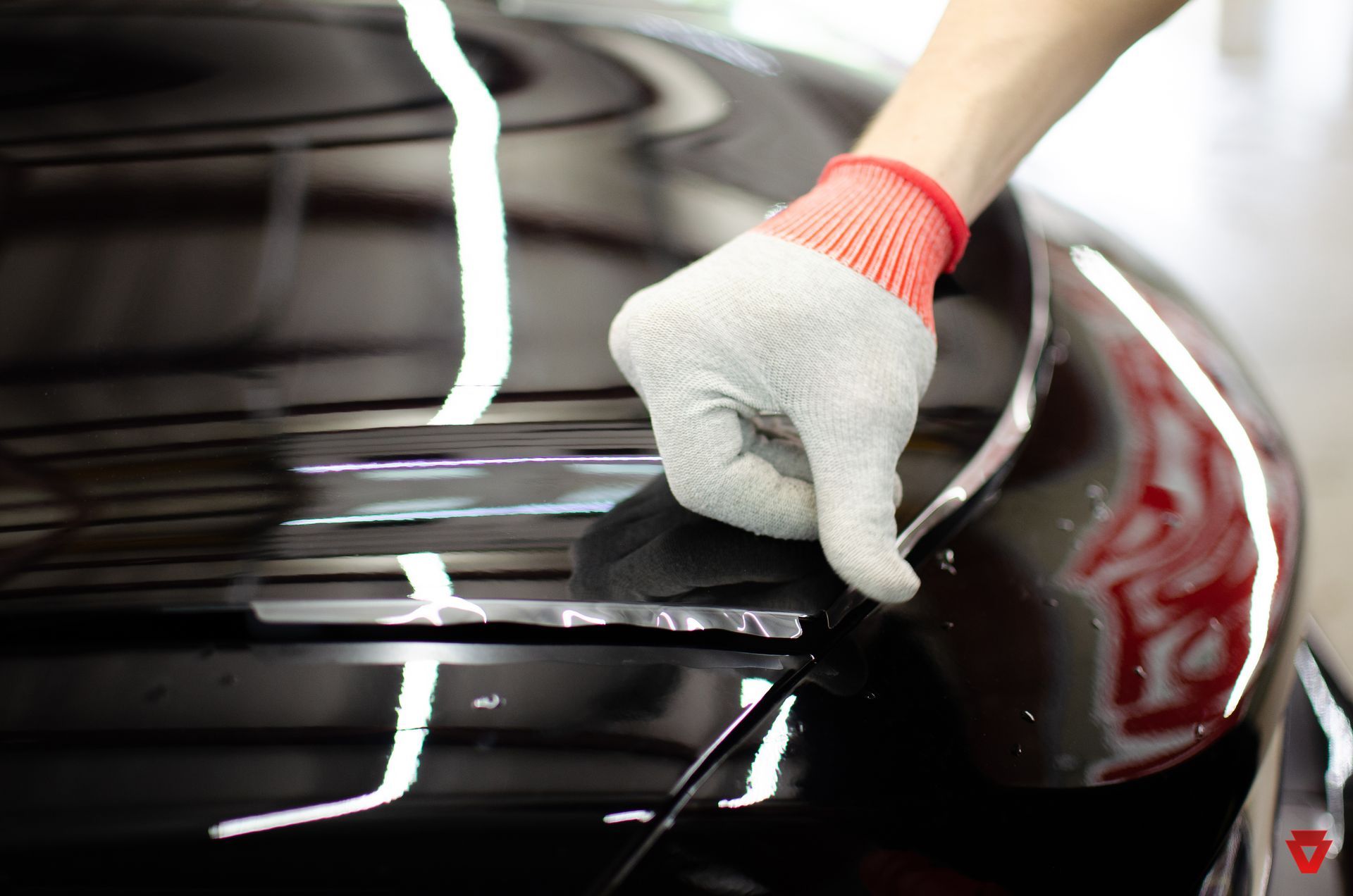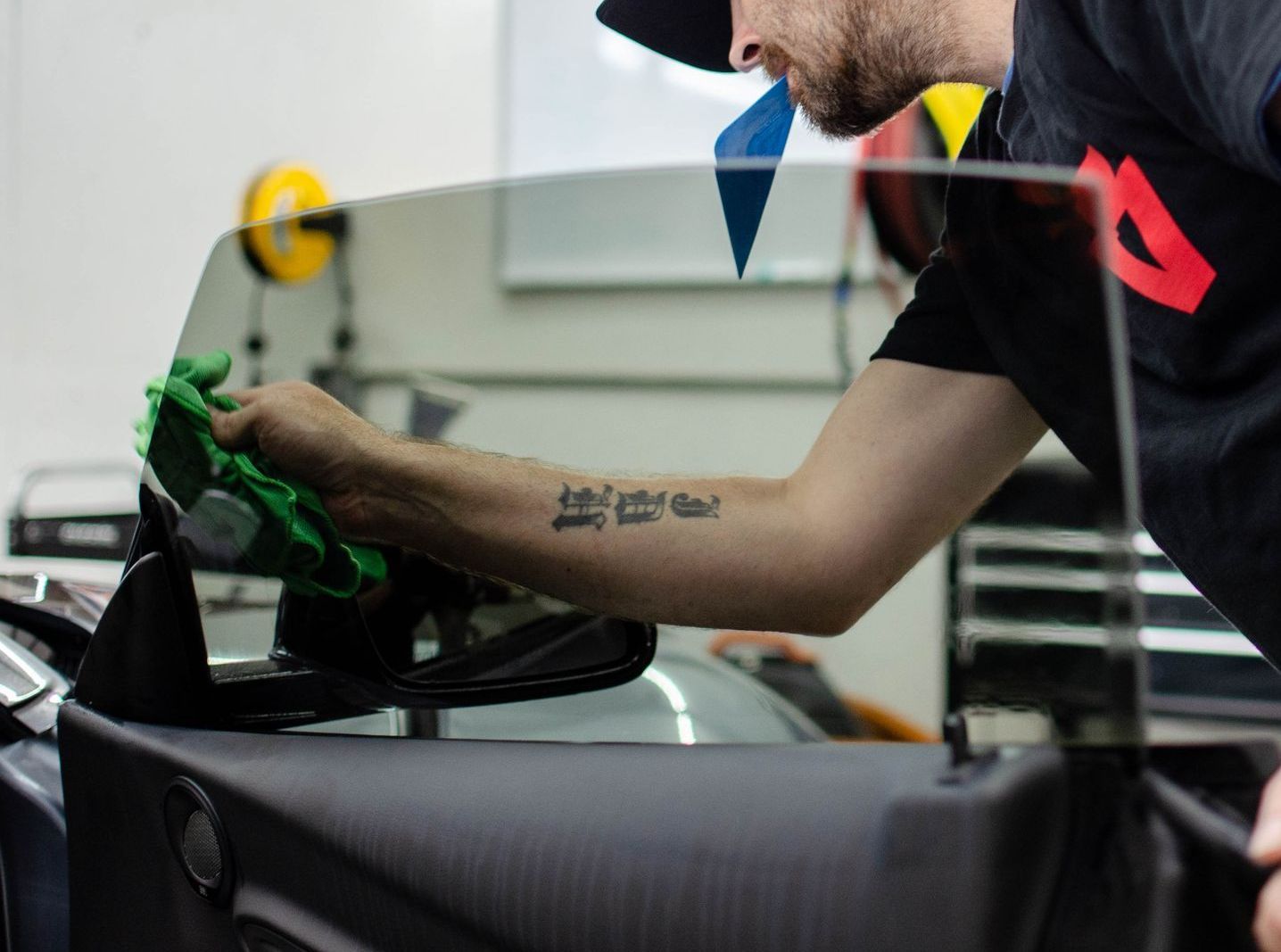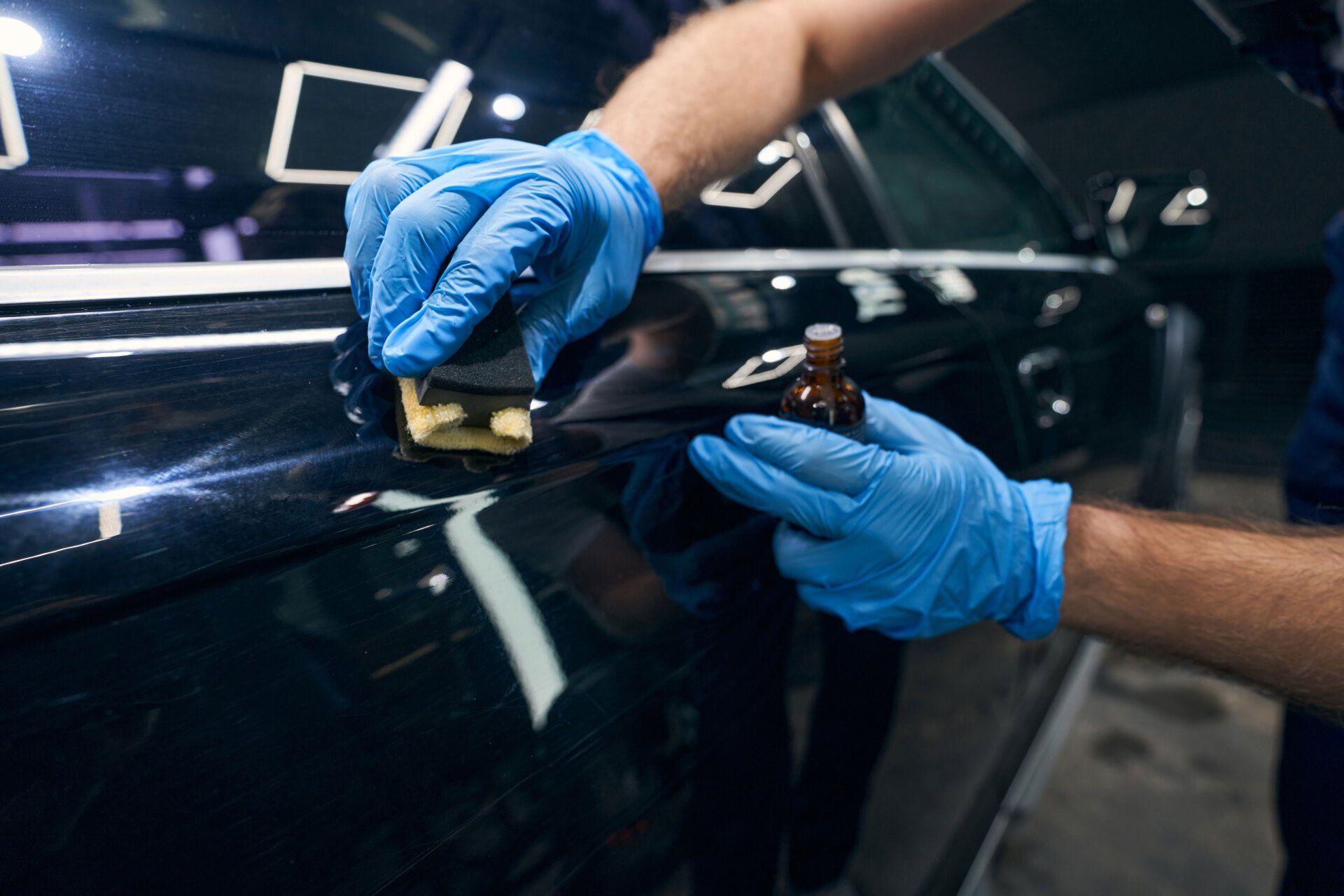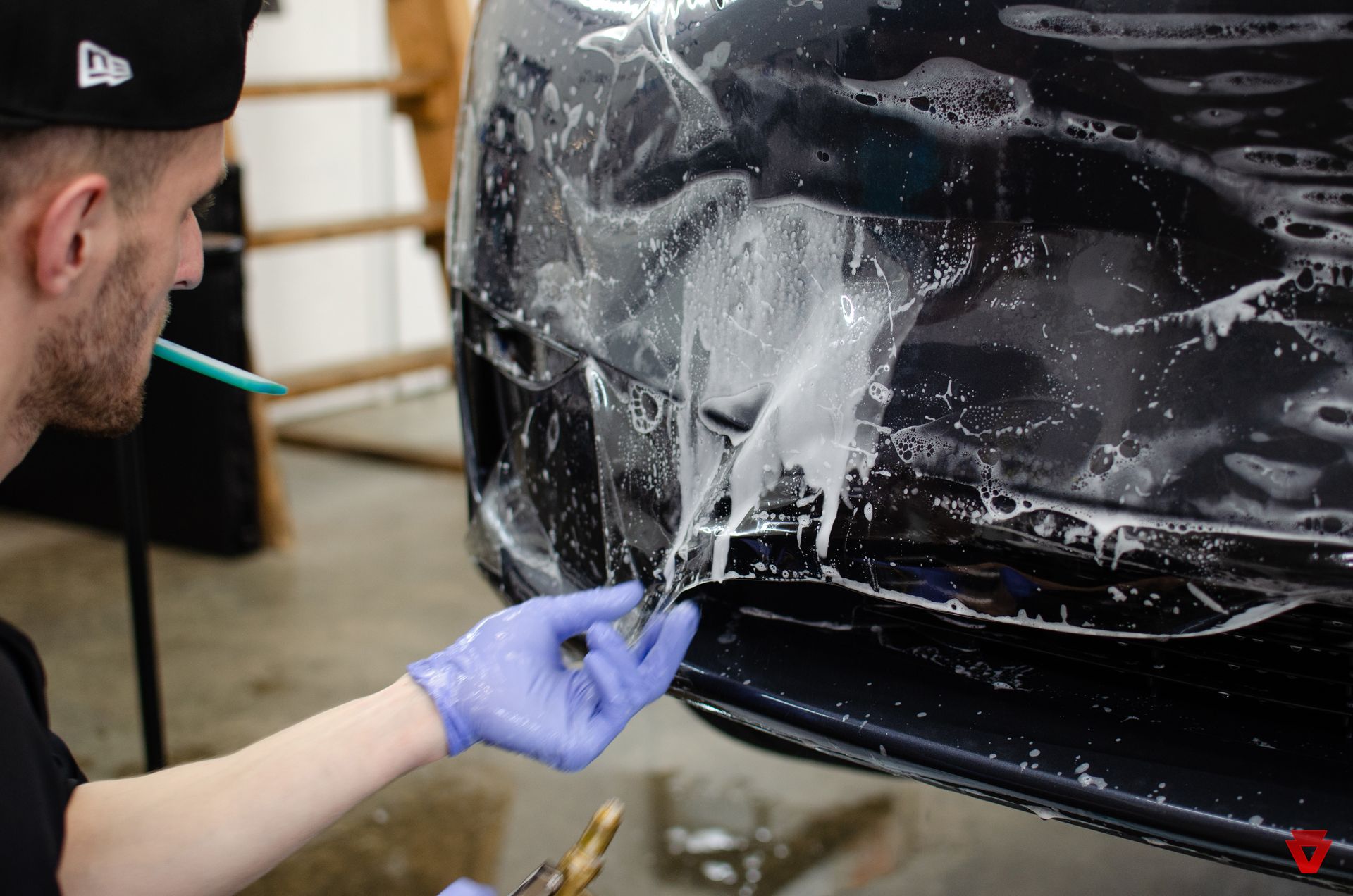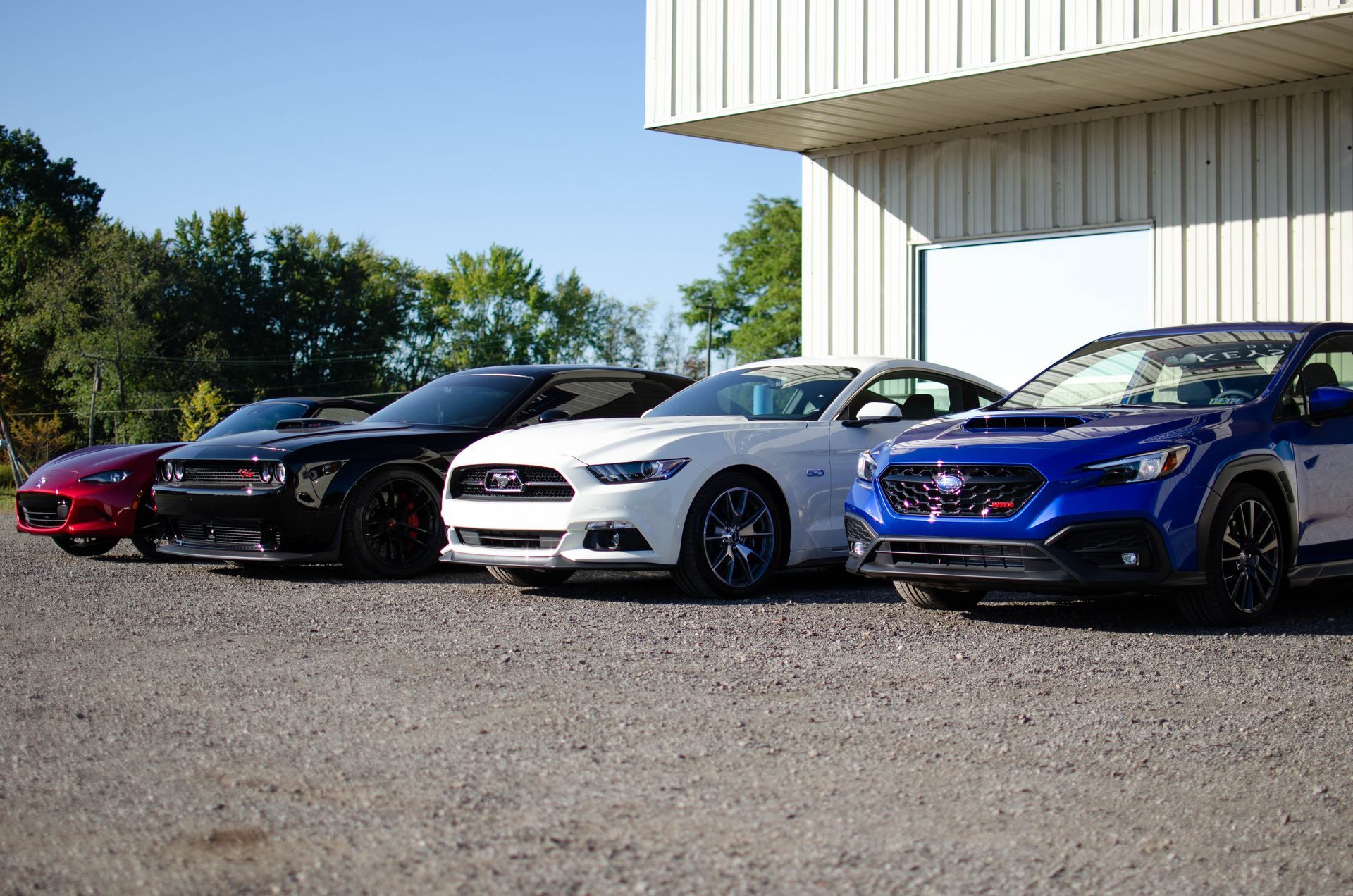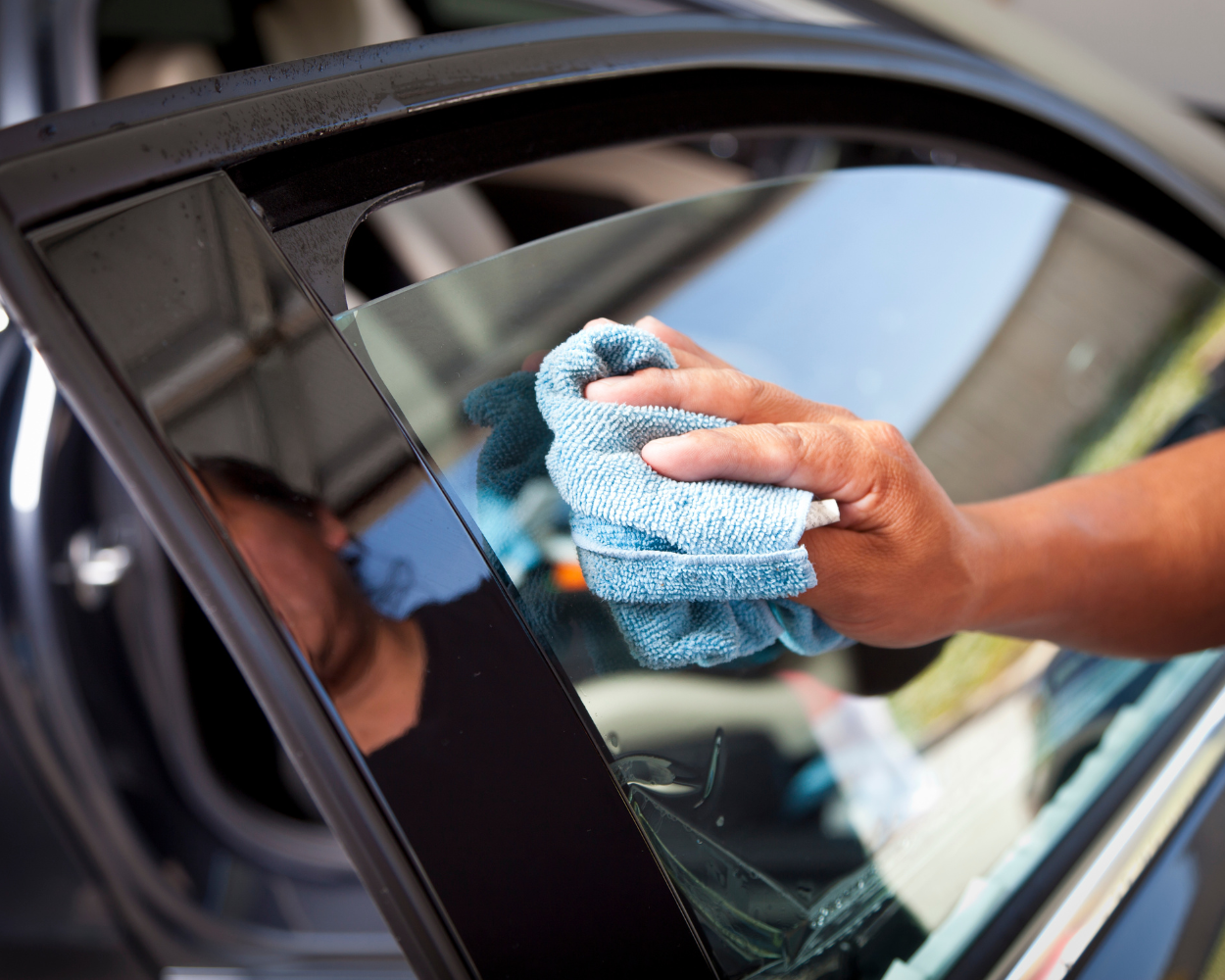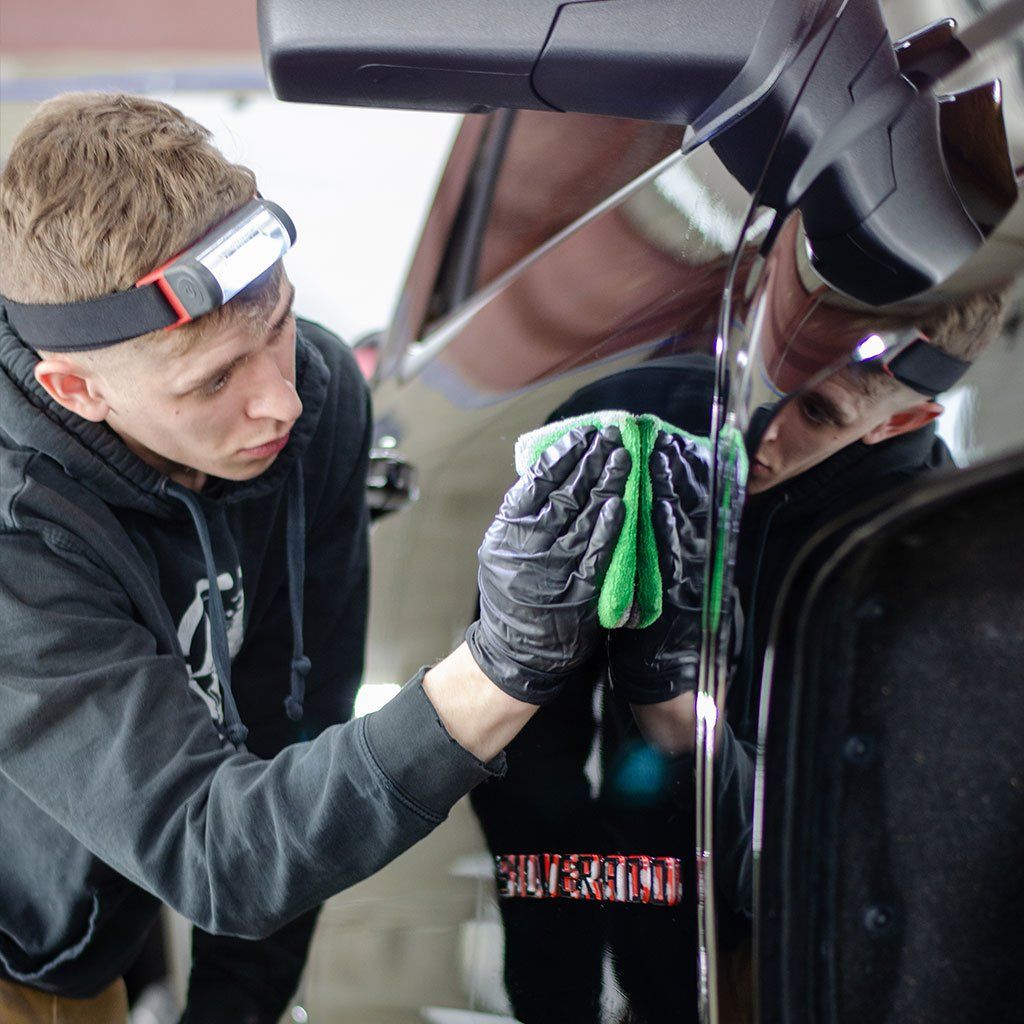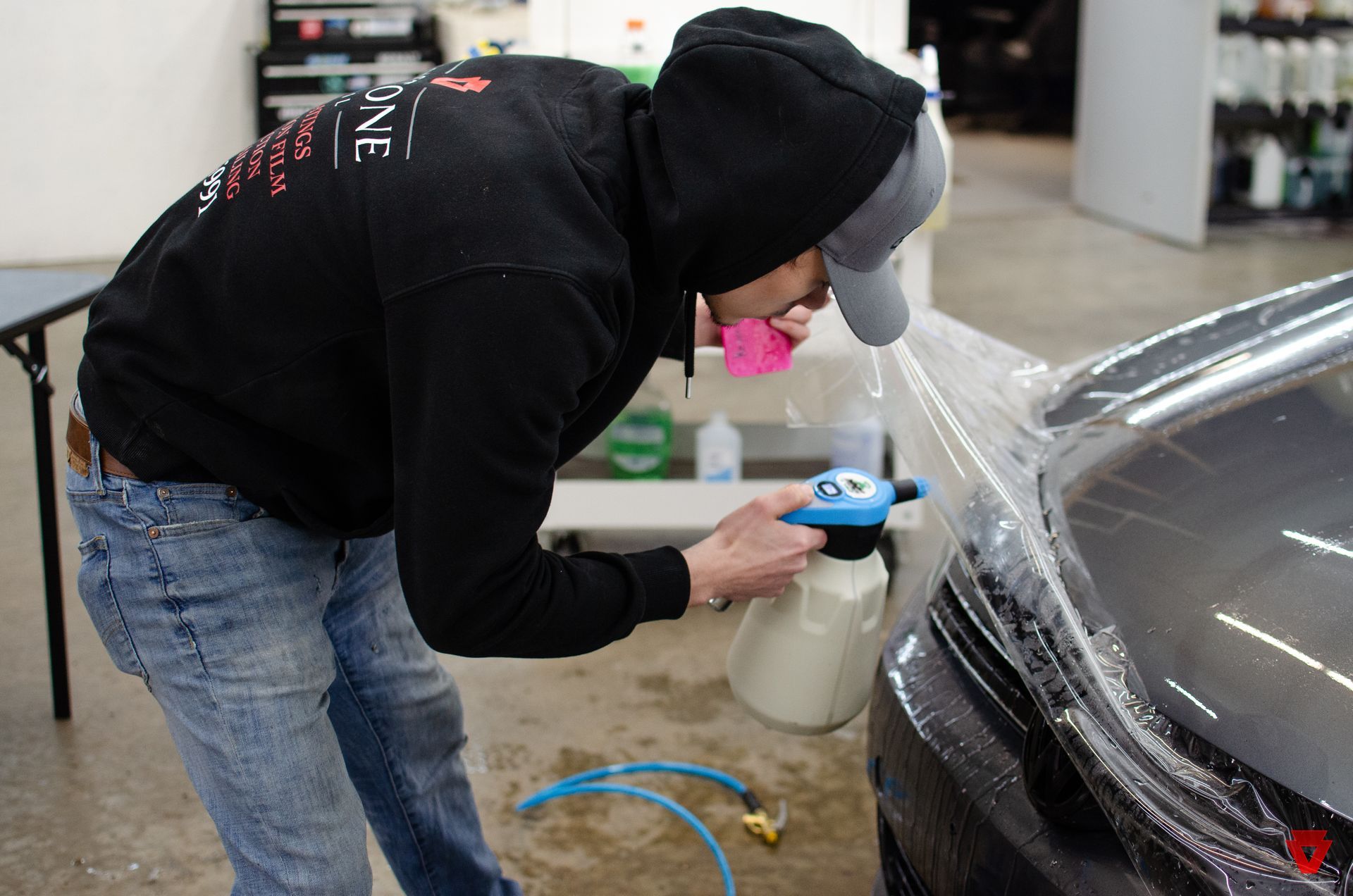Benefits Of Ceramic Coating In The Winter
Though winter is coming to a close right now in Northwestern Pennsylvania, salt will continue to be on the roads for a few more months. We have talked before about the benefits of ceramic coatings and the protection they provide, but how can they be effective against things like salt and other things used in the north to keep the roads drivable?
Ceramic coatings, as mentioned in previous articles, bond with the clear coat to create a hard protective layer over the paint that is actually harder than clear coat. This makes it extraordinarily difficult for things like dirt, mud, salt, and grime to stick to the car.
The question is; how much difference will having a ceramic coating on your vehicle in the winter make? Road salt is known for ruining even the newest cars and causing premature rusting issues, so how does the ceramic coating help prevent the issues road salt is known for causing?
We are going to cover the benefits of applying a ceramic coating and how they can be more useful in the winter when trying to combat the effects salt can have on the vehicle.
Ease Of Cleaning
The first, and most profound benefit of a ceramic coating is the ease of cleaning it affords those of us who have one on our vehicles.
Salt will stick to any vehicle that drives on a road that has had salt applied to it, ceramic coatings won’t allow the salt to stick to the exterior making it very easy to simply wash your car with water and very little soap, and simply wipe away the residue left behind.
Salt can be very difficult to clean from the car if the car is not protected by wax or sealant, or in this case, ceramic coating. The bond formed between the ceramic coating and the clear coat is not only longer-lasting but is more effective when it comes to preventing salt from sticking to the vehicle in the first place.
Longevity
Waxes and sealants will last anywhere from a few weeks to a few months. In some places in the northern part of the United States, winter can outlast the effective life of a wax. The problem there is, not only is it a pain to have to reapply the wax or sealant if you decide to do it yourself, but it also becomes near impossible to apply coatings of any kind if you are forced to work below a certain temperature.
Ceramic coatings can have curing issues or not cure at all if you are trying to apply them to your car in temperatures under 50 degrees Fahrenheit, the same goes for other types of paint protection. So in this case it is better to have something that will last you through not only the winter ahead but many more to come.
Long Term Costs
In the short term, a ceramic coating is the most expensive of the main three paint protection options to protect your car. However, over time the cost of continuously reapplying waxes or sealants to the vehicle will far outweigh the cost of applying a ceramic coating just once. A top-quality ceramic coating can cost anywhere from $1,200 to $3,000. That certainly is not an insignificant amount of money, but a top-tier ceramic coating will last up to ten years.
Compare that to top-tier car wax, the wax will only cost you $40 for a bottle, but if you reapply the wax four times a year, you will end up spending at least that much, and potentially even more. While the prices may be similar, the amount of time it will take you, in the long run, gives the ceramic coating the clear advantage as it only needs to be applied one time and it can last you the entire lifetime of your vehicle.
Let Us Know How We Can Help
Whether you are looking to get answers to a few questions on how to best protect your car from the winter elements or want to bring your car to be protected by us, stop by the shop or give us a call. If you have any other questions regarding the care of your car, fill out our contact form, stop by the shop or give us a call at 814-230-6991. As Erie PA's go to Ceramic Coating and Auto Detailing shop we would be more than happy to help in any way we can.
